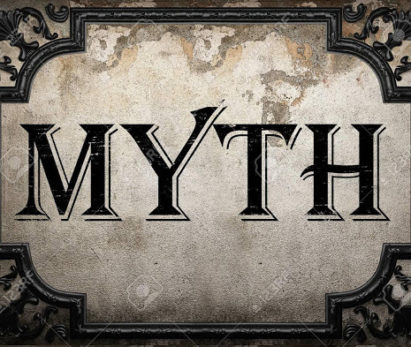Polyamorous Relationships and Making it Work
The youth of today are a new breed of young people, as they seek to find pleasure in the little things in life. From avocado toast to things like locally-made craft beer, the youth of today are invested in working hard but playing harder. It’s no wonder non-traditional relationships are on the rise. With activism comes and emergence of all sorts of people from different walks of life, including all types of sexualities and self-identifiers.
In this mix, polyamory broods, a “new” type of relationship that defies the monogamous rote that has been ingrained in us since childhood. Meet and marry and spend your life with one person? Nope. Polyamory—a type of relationship that involves more than one romantic or sexual partner—is still relatively taboo. The idea of having a boyfriend who may or may not have another girlfriend screams clichés like “side chick”, but, in general, that’s not the way these relationships work.
Communication is Key
![]() Even in a monogamous relationship, good communication is the heart and soul of staying together. Good communication means a strong foundation and poor communication means rocky times ahead. In polyamorous relationships, this is even more important. A recent study shows that 21% of people polled have had a non-monogamous relationship, one that all partners agreed to. With so many people breaking out of the norm, it’s important to know that this lifestyle isn’t so taboo to us as it is to generations before.
Even in a monogamous relationship, good communication is the heart and soul of staying together. Good communication means a strong foundation and poor communication means rocky times ahead. In polyamorous relationships, this is even more important. A recent study shows that 21% of people polled have had a non-monogamous relationship, one that all partners agreed to. With so many people breaking out of the norm, it’s important to know that this lifestyle isn’t so taboo to us as it is to generations before.
“You have to communicate your feelings very well. It’s impossible to really keep things to yourself—like jealousy, anger, those kinds of things—when you’re in a relationship with more than one person,” says Michelle, who identifies as polyamorous. She and her partners share what is called a ‘closed relationship’ with each other, and all live together and function just as any normal household would. “Think of a couple and add an extra person into it. I started dating my partner first and then we found our girlfriend second, a few months later. It just works.” While Michelle is still reluctant to reveal her lifestyle choice to all but close friends and family, she maintains that she enjoys her lifestyle as is. “I don’t want to choose between them, and I don’t think I should have to. I enjoy my life the way it is, but some people don’t see it that way, so I keep it pretty quiet still.” She does laugh at the odd joke they’ll get. “We had someone ask who the third wheel was once when we went out to see a movie. We just brushed it off.”
Respect for Everyone
![]() The shared partnership kind of lifestyle doesn’t suit all polyamorous couples. Some couples have agreements wherein they date and might live with each other, called each other’s main partner, and then they have outside relationships with others according to terms the main partners. It all comes down to the communication within the relationship. Setting clear boundaries for what is and is not okay—for example, if two people live together but also see others outside of their relationship, a condition set might be not to bring partners back to their shared house—will establish the most ideal relationship conditions and help both partners thrive.
The shared partnership kind of lifestyle doesn’t suit all polyamorous couples. Some couples have agreements wherein they date and might live with each other, called each other’s main partner, and then they have outside relationships with others according to terms the main partners. It all comes down to the communication within the relationship. Setting clear boundaries for what is and is not okay—for example, if two people live together but also see others outside of their relationship, a condition set might be not to bring partners back to their shared house—will establish the most ideal relationship conditions and help both partners thrive.
Polyamory really isn’t much different to any other relationship. People strive to find connections, and as social beings we love to be with one another. The key to any relationship, whether it is sexual, romantic, or platonic, is a good base of communication. As Michelle puts it, “You need to understand one another, and make sure that you’re taking care of each other. Everyone loves differently and everyone needs differently. It takes a little more patience but it’s how I love, and I wouldn’t change it.”





